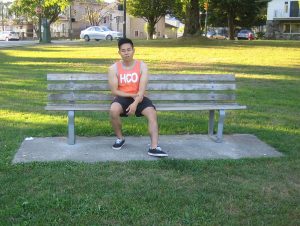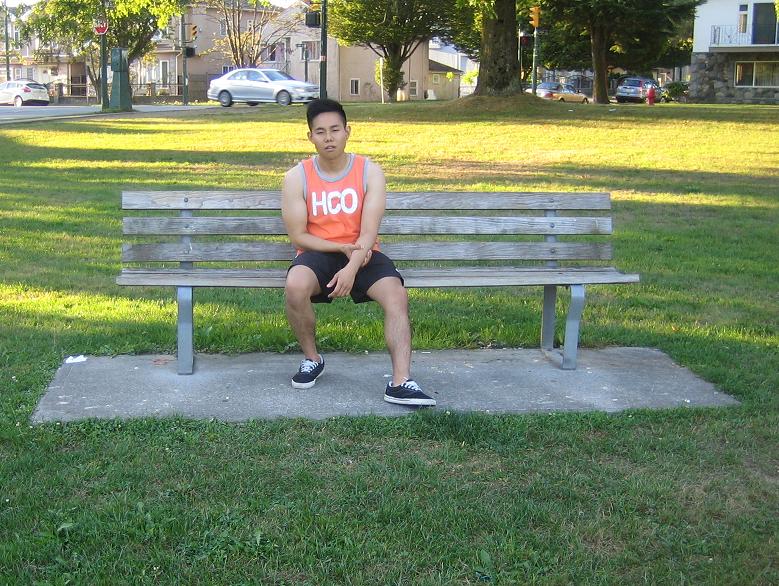A mild stroke happens when the supply of blood to the brain is interrupted or severely reduced resulting to the deprivation of oxygen and essential nutrients to the tissues of brain. In just a few minutes, the brain cells start to die.
Stroke affects speech, memory, vision and understanding of the affected person and it can also result to the paralysis of the muscles in the legs and arms.
There are 2 types of stroke – ischemic stroke which is the most common and caused by blockage of the blood vessels that supplies the brain and the hemorrhagic stroke which happens when blood vessels in or near the brain burst which cause damage to an area in the brain.
Symptoms of a mild stroke

- Paralysis or numbness of the arms, legs or face especially on one side of the body. If the arms fall if raised, it can be a beginning of a stroke and also drooping of one side of the mouth when smiling.
- Difficulty in understanding and speaking, experiencing confusion, inaudible speech and difficulty understanding speech.
- Difficulty seeing in one or both eyes.
- A sudden and very painful headache, dizziness, vomiting and altered consciousness.
- Difficulty in walking, experiencing dizziness, loss of coordination and loss of balance.
Treatment
- Rehabilitating the undamaged areas of the brain to perform functions that were lost during the attack of stroke.
- Retrain the affected person to regain his/her independent functions such as brushing teeth, bathing and putting on shoes to prevent depression due to incapacity to perform basic skills. By helping stroke victims, they can relearn and become independent, improve self-esteem and improvement in their outlook in life.
- Take the prescribed medications such as aspirin to lessen the high risk of a recurrent stroke.
- Apply heat massage to the affected areas such as the leg since it lessens the aches and stiffness of the muscles.
- Eat a well balanced diet especially whole grains, fruits and vegetables. Minimize the consumption of salt, alcohol and saturated fat and quit smoking.
- Avoid being overweight to prevent the condition from worsening.
- Take the prescribed medication for prevention of high blood pressure and cholesterol.
More Information
The details posted on this page on mild stroke is for learning purposes only. To learn to recognize and manage an individual experiencing a mild stroke, enroll in a first aid course with one of our training providers.
Tips
- Perform exercises regularly to cut down weight and lower the blood pressure and minimize stroke. Exercise at moderate intensity at least for 5 days every week such as climbing stairs instead of using an elevator.
- Eat a well balanced diet and maintain a healthy weight.
- Quit smoking to prevent clot formation such as thickening of the blood and increases the risk for the accumulation of plaque in the arteries.
- Drink alcohol in moderation
- Maintain normal blood pressure level
- Maintain normal blood sugar level to prevent damaging the blood vessels and increase the risk for the formation of clots inside the blood vessels

